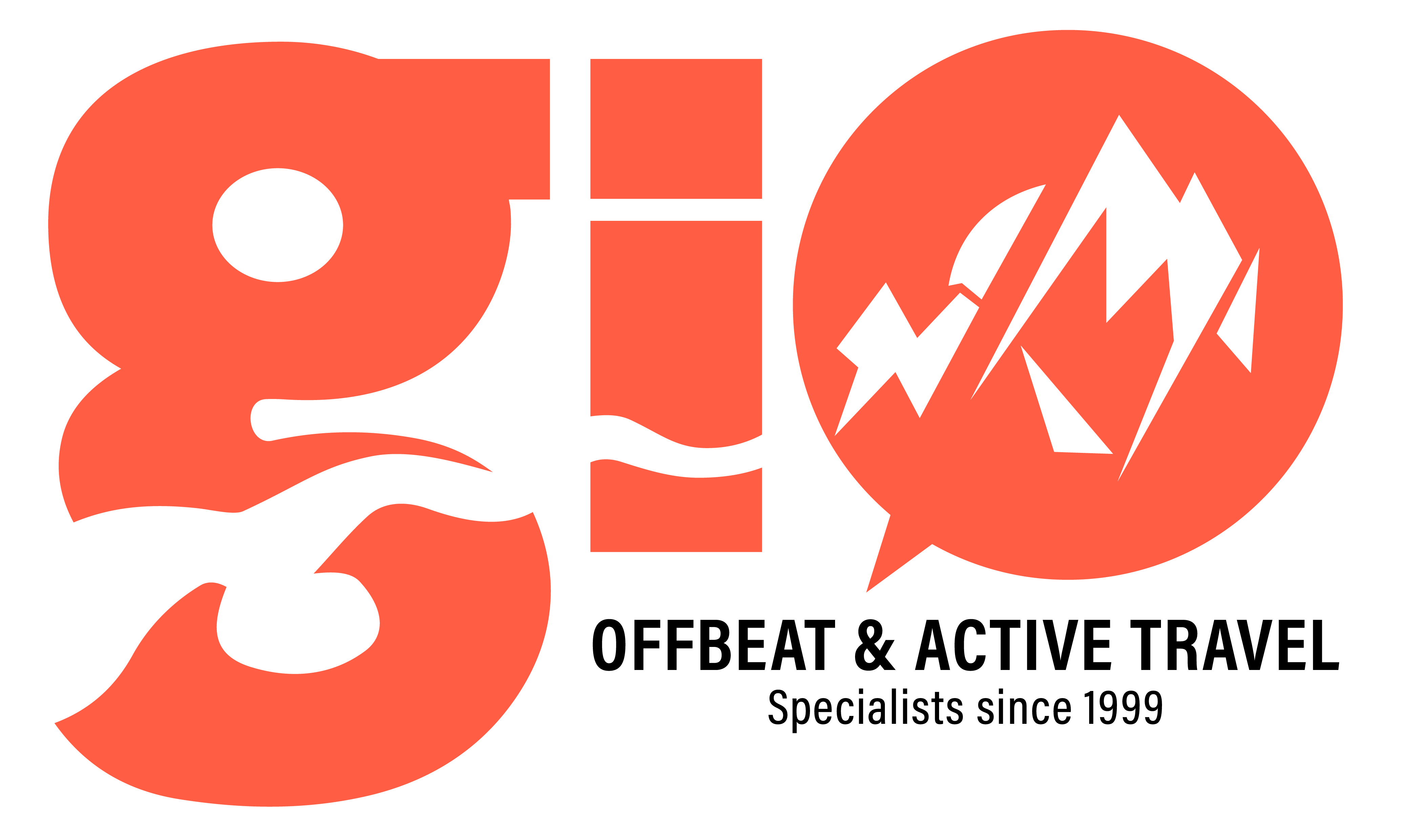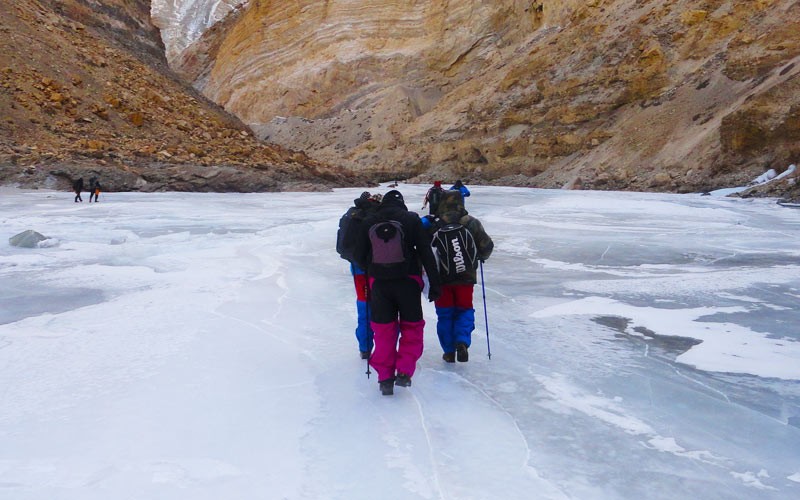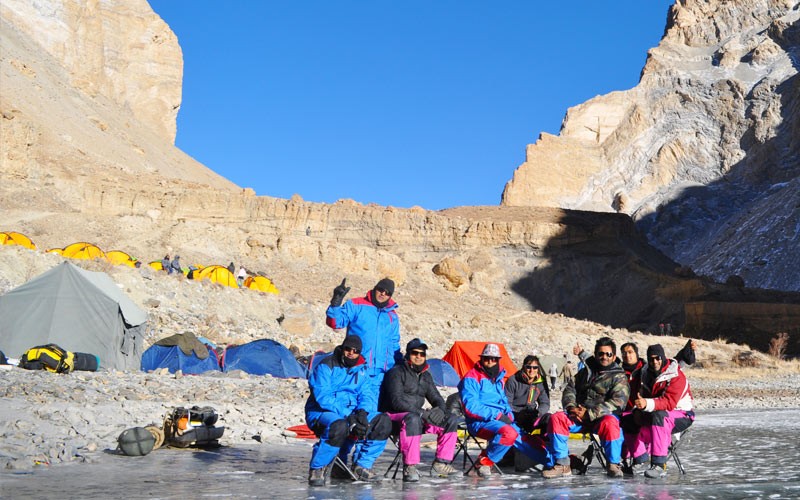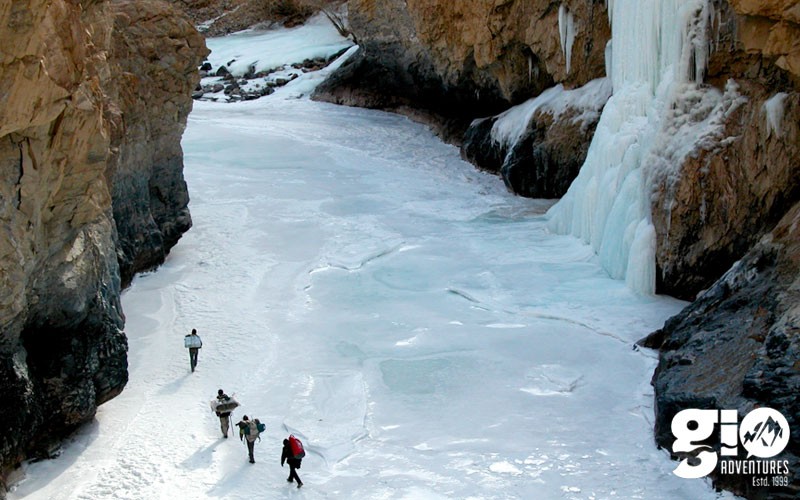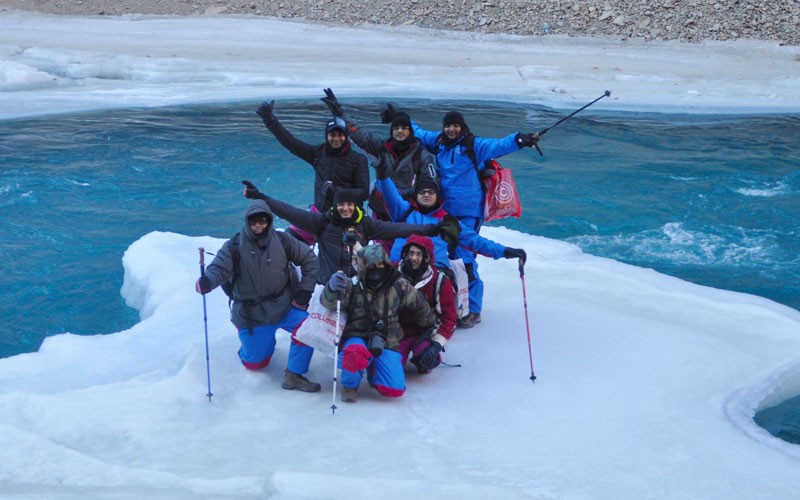- +91-7895979211, 7895979208
- LOGIN

CHADAR TREK LADAKH
- Region - Uttarakhand
- Base Camp - Leh
- Duration 9 Days
- Altitute 3400m
- Stay Rooms/Tents
- Difficulty Vigorous
Chadar Trek Standard
Dwelling in the heart of Himalayan peaks in Ladakh, is the mountain desert kingdom that is a visual treat for all travelers, national and international. The Chadar Trek Ladakh, which is done on the frozen river of Zanskar, is looked upon as an adventure seekers paradise. Trekking in ladakh , especially the trek to chadar is every travelers dream, and rightly so because the lunar landscape and endless skies overhead makes trekking at chadar memorable. It also challenges the skill and endurance of trekkers. The beauty is even more surreal as one moves ahead and so, this is one of the most celebrated and exquisite trek of the region. Walk on a frozen river bed, live in caves along the way and fight the twin difficulties of cold and altitude which makes this trek adventurous. The Chadar Trek Ladakh is without doubt one of the best treks for all adventure lovers.
The Chadar Trek is considered an exciting and surreal trek and one out of every outdoor enthusiast wants to go at least once. You will be basically trekking upstream on the frozen Zanskar River. The temperatures are treacherous and you have to be careful of the path you tread for you are walking on a sheet (Chadar in Hindi) of ice. Hence the name Chadar Trek.
The Chadar trek is endangered trek and may cease to exist in the next 4-5 years or as many as it takes for the road that is being carved out on the rock face above the river. When completed, access to the Zanskar villages in the interior will be fairly straight-forward. Though for the best, the completion of the road will mark the end of an ancient local practice.
The region is a difficult place to travel especially in the winters. The mountains are steep and in the winter snowfall closes many of the mountain passes and makes the few roads treacherous. Villages, especially the remote ones become completely inaccessible during the snowbound season usually November to March. And the frozen Zanskar then becomes a boon to the many snow-bound villages by becoming the passage to civilization. Zanskar trek or the frozen river trek offers experiences of a lifetime to adrenaline seeking trekkers.
The Chadar trek is on one such route and an ancient route at that. It connects villages in the Zanskar valley situated deep in the mountains with Chilling, on the road to Leh. This ancient route has been used for centuries for trade and transportation.
When not frozen, the Zanskar, is big and fast-flowing river. For most of its length between Chilling and the Zanskar valley the river is confined within a steep canyon. When you trek on the frozen Zanskar you are basically walking on a sheet of ice of varying thickness. Below you have the river flowing beneath. If you follow your guides instruction, you should be safe.
One landmark that will stay in your memories is bound to be the trail on shiny ice on the bank of Tsarap River. From Chilling onwards you will trek towards a narrow valley filled with breath-taking views of ice-peaks and amazing hanging icicles that you are bound to find really bizarrely pleasurable to watch. You will also get to spend the night at cave camps, which is an experience in itself.
When you start the trek in the morning it will not be gloomy despite the temperature. The sun will be up and the sky will be as blue as it can be.
Trekking on the ice can be intimidating and you and having a good guide is critical on the Chadar trek, which with GIO Adventures will always be an affirmative.
The trek from Chilling to Padum is both challenging as well as an incomparably exiting experience. The landscape acquires a pristine grandeur in winter as the trail enters into the gorge of the Zanskar, where temperatures sometimes drop to 30 to - 35 Degree Celsius.
Undoubtedly, Chadar is a great trek to do and the Chadar frozen river trek is a very exciting trek. Both, the National Geographic and Discovery channels have made films on the Chadar trek. During the day, the average mean temperature is minus 10 while temperatures fall to minus 25 and 30 in the night. Keep in mind that the Chadar trek is not a difficult trek with multiple layers of sensible trekking. We offer optimized chadar trek cost to countless adventure freaks. Trekking in ladakh is one of the most nerve-wracking things to do, if you are a real trekker, you must go for it!
Sketch Itinanery
Day 01 : Arrive in Leh (3500m)
Day 02 : Acclimatisation walk in Leh
Day 03 : Medical Check up Day in Leh
Day 04 : Leh Shingra Yokma( 3200m) - Tsomo Paldar ( 3169 m) ( Drive / 2.5 - 3 hrs &Trek /2 - 3 hrs )
Day 05 : Tsomo Paldar( 3169 m) Dibb cave ( 3400m) ( Trek / 5 6 hrs)
Day 06 : Dibb Cave ( 3400 m) - Nyerak (3680 M) (Trek / 6 - 7 Hrs)
Day 07 : Nerak(3680 m) Hotang( Trek / 5 6 hrs )
Day 08 : Hotang Shingra Yokma ( 3200m ) - Leh (Trek/ 9 hrs & Drive 2.5 - 3 hrs)
Day 09 : Depart from Leh
Price Info
Accommodation in Standard Hotel with room heaters.
- Good Quality Camping Arrangements
- Fresh and clean sleeping bags of very good quality
- Good quality Camping Mattresses
- Mess Tent
- Toilet tents (2) with portable toilet seats
- First Aid / Medical kit
Meals (All meals starting from lunch on Day 4 till lunch on Day 8)
- Day 4: Lunch, Dinner
- Day 5: Breakfast, Lunch, Dinner
- Day 6: Breakfast, Lunch, Dinner
- Day 7: Breakfast, Lunch, Dinner
- Day 8: Lunch
- 2 guides for the group of maximum 12 trekkers so 1 guide for 6 group members. This will ensure high safety and more information and personal attention which are necessary to appreciate a trek. All our guides are professionally trained and have many years of relevant experience in guiding treks.
- Big oxygen cylinder (15 ltrs) will be carried throughout the trek for any kind of emergency.
- Porter/mule charges for carrying camping equipment & rations
- Camping permission
- First aid kit (our guides are certified in handling first aid situations)
- Any Pickup and drop from the airport
- Any meals in Leh
- Any charges for video cameras, still cameras, etc.
- Bottled water, alcohol, soft drinks, beverages, etc.
- Personal expenses like tips, telephone calls, laundry, etc.
- Any costs arising out of unforeseen circumstances like landslides, road blocks, bad weather, expenses incurred on account of sickness etc.
- Wildlife & ALTOA Fees (Participants has to pay this fees directly in Ladakh)
- Any meals/services not mentioned above.
- Insurance
- GST 5%
Departure Dates
Departure Dates
Reviews
PAYMENT TERMS & CONDITIONS
- All payments for the trips, transfers, porterage, etc. should be made in full before the trip starts.
- Cancellation Policy: In the event that you need to cancel your booking due to any avoidable or unavoidable circumstances:
- We must be notified of the same in writing. Cancellation charges will be effective from the date we receive the request in writing. Any cancellation sent on a Sunday or any National Holiday(s), will be considered on the next official working day.
- Payment for this trip will not be adjusted towards any future trip(s)
- In the event of any cancellation(s) after trip commencement, there will be no refunds and any costs incurred due to this cancellation will be borne by you.
- Irrespective of when a trip is booked, the above condition will hold true
- Cancellation charges will be as follows
- >45 Days: Full refund (after deducting any expenses that have been incurred for hotel bookings, transport, etc.)
- 30-45 Days: 75% of trip cost will be refunded (after deducting any expenses that have been incurred for hotel bookings, transport, etc.)
- 15-30 Days: 50% of trip cost will be refunded (after deducting any expenses that have been incurred for hotel bookings, transport, etc.)
- <15 Days: No refund
VITAL INFORMATION
WEATHER DETAILS
This snow trek is organized between Dec & mid-March when the region has had good snowfall. Contrary to the popular belief winters is a good time to be in the mountains if one is equipped properly. Most locals inhabiting higher reaches of the mountains don’t mind the problems associated with snowfall and seem to have a good time during these months. Also there are lots of local festivals in these months. In these months weather is generally clear most of the days. Day time is normally pleasantly warm with one getting to enjoy sitting out in the sun. Temperature would be around 12-17 °C. Evenings are quite cold and one would need to be inside a tent/room or sitting outside next to fire with proper winter clothes. The evening temperatures will be around – 3 to 5 °C. Nights can be very cold with temperatures in the range of – 8 to 0 °C.
Please keep in mind that the above information is not exact and does not account for sudden changes. Whatever the temperatures and conditions rest assured we will be prepared to handle it with ease as we use equipment of very high specifications.
LIST OF ESSENTIALS
It is very important for this adventure trip that you need to be equipped properly and with a bit of back up. Mountain/adventure travel requires one to be adequately equipped with the right kind of personal gear. Since one is travelling in the wilderness there will be hardly any opportunity to buy anything once you hit the trail so we urge you to carefully pack everything into your bags.
- T-shirts (Full) – 2/3
- Warm shirt/light micro fleece pullover/full sleeve T shirt
- Trekking Pants (water resistant/repellent & having inside lining for extra warmth) - 2
- Windproof/water resistant outer shell (jacket) of good quality (no flimsy wind cheaters please!) with a proper hood
- Down jacket with min 600 fill power rating
- Thick Fleece / Full-sleeve Woollen sweater
- Thermal inner wear (upper & lower)
- Woollen cap (Balaclava)
- Inner fleece gloves
- Outer water proof gloves
- Thick woollen socks & regular socks (4 – 5 pairs)
- Scarf/muffler (optional)
- Comfortable waterproof (Goretex) Trekking/Hiking shoes (shoes with a thick sole and high ankles are recommended)
- Camp shoes (these can be easy to slip in sneakers/sport shoes)
- Gaiters
- Raincoat / Poncho
- Small light weight towel
- Insulated water bottle & hydration pack (optional)
- Cap / floppy hat to keep the strong sun away from your face
- Sun glasses with UV protection and ability to cut the glare (imp when traversing through snow)
- Sturdy walking stick / Trekking pole
- Sunscreen Lotion
- Lip Balm
- Torch / Flashlight (with extra batteries)
- Medicines, if requiring any specific medication
- Personal toiletries
- Book, if you like reading
- Day pack/small bag which you will carry on your back every day and keep your essentials in it
- Carry rain cover for your bags
- Keep a few poly bags or waterproof bags in your bag in which if required you can put your belongings in case of heavy rain
- Camera if you like (with fully charged batteries)
- …LOADS OF ENTHUSIASM!! AND A PLEDGE TO LEAVE NO TRACE
Carry your stuff in a duffel bag, soft shoulder bag or a rucksack. Avoid suitcases, trolleys or any other hard luggage. As you will be walking long distances carrying a rucksack, avoid bringing unnecessary items on the trek. Please avoid carrying expensive watches, jewellery and electronic items on the trek.
NOTE: In case you are planning to put your bag on a mule or taking a porter please get a duffel bag or rucksack and keep it in mind that there is a possibility that the bag at times might brush against a rock or a tree and get slightly damaged so don't get very expensive bags. Also in case of damage we shall not be held accountable.
TRANSPORT OPTIONS (DELHI – DEHRADUN – DELHI)
For travel to Dehradun/Haridwar/Haridwar, one can choose between air, rail & road. For air travel, the closest airport is the Jolly Grant Airport (Dehradun) and is well connected to Delhi and other parts of the country by Air India, Jet Airways, GoAir & Spice Jet. Train travel is highly recommended with enough options being there. For train details, you could log on to www.indianrail.gov.in and for online railway ticket bookings you could log on to www.irctc.co.in.
There are frequent Public Transport buses including Volvos available from Delhi to Dehradun that cost about Rs. 300 - 800 per person. These buses depart from Delhi ISBT every 30 mins to 1 hr or so and take about 4/5 hrs to cover the distance. The same is also applicable on the return journey. A private vehicle could also be arranged for if you require the same.
OUR TREKKING CODE
We are mountain lovers and have pledged to bring no harm to them in our pursuit of running organised wilderness travel in the Himalayas and seek your assistance too in this regard. We are more than convinced that one can have more fun on a trip if we go about it in a way that no harm is caused to the ecology. In this regard we have a set of guidelines that we adhere to based on the tenets of 'Leave No Trace' & 'Tread Light' policies. These guidelines are very simple and emphasise on travelling in small groups, better planning, understanding impact of camping, proper waste disposal, respecting local cultures, sensitivity towards wildlife and so on. We have a complete section on our trekking code in the 'GIO trekking Manual'. This manual will be couriered to you once you confirm a trip with us.
ACCLIMATISATION & HIGH ALTITUDE SICKNESS
This is one of the most important aspects of traveling in the high Himalayas and cannot be ignored or set aside. Acclimatization basically means our body adjusting to lower levels of oxygen (rarefied air) & reduced air pressure as me move up. In case one does not acclimatize properly there are chances of the person facing extreme discomfort and this can be fatal in extreme cases. While there is no set route to getting properly acclimatized there are general precautions and steps that one can take to initiate good acclimatization. Our trekking guides will assist you with these steps and also once you book a trip with us the 'GIO Trekking Manual' which will cover this aspect extensively will be couriered to you. This is sure to help you enjoy the trek in very good shape.
SELECTING THE RIGHT TREK & TRAINING FOR IT
Most important thing is to select the right trek keeping in mind your experience or inexperience, health, objectives & ability. Our senior team people can assist you with this, so when contacting us do mention if you need guidance on this front also refer to our trek grading system mentioned below. Once the right trek is selected comes your preparation. Once you have booked a trip with us we will courier the 'GIO Trekking Manual' to you which will have a complete practice drill explained in detail.
TREK GRADING SYSTEM
We have broadly classified our treks as below:
Easy: These treks are 3 to 5 days long and involve walking for about 3/4 hrs daily. The trail on such treks is well defined but not always flat. These are great for families and first-timers
Moderate: On these treks, one is not required to trek for more than 5/6 hrs a day. Also the terrain is not too difficult. These treks are normally a week or so long. For these treks, prior trekking experience is not necessary. Very rarely on these treks would one camp at altitudes higher than 3800m. These treks are great for first-timers or for veterans wanting to go on a trail which is relatively less demanding
Moderate+: These are moderate treks with mostly one difficult day. These trails are fine for fit beginners also.
Vigorous: On these treks one can be required to trek continuously for more than a week through remote areas and at times trekking for more than 7 hrs a day. On most of these treks one has to cross passes or areas which are snow-covered and involve camping at an altitude of more than 4000m. Fit people with some kind of hiking experience & a spirit of adventure can contemplate going on these trails.
Strenuous: These treks apart from having continuous trekking stretches are at places technical and might require assistance from trip leader/guide and other staff people. All these treks have rest days in between. Also, all of them involve crossing passes or areas having an altitude of more than 4500m. First-timers are discouraged from walking such routes.
Expedition Style: These involve long walks at high altitudes at times around 6000m. Camping can also be well over the snow line and on glaciers at times. Safety ropes, ice axes, and crampons might be required on these treks. These treks are not technically very difficult but are considerably challenging. Previous vigorous/strenuous trekking experience is required.
DISCLAIMER
Great Indian Outdoors (P) Ltd. takes utmost care to ensure the safety of its clients. However, in the case of any unforeseen mishaps, Great Indian Outdoors (P) Ltd. will not be liable for any injuries caused or for loss of life. All disputes rising due to the above are subject to the jurisdiction of the courts in New Delhi/Delhi only. All participants would be required to sign an Indemnity Form before the start of the program, without which they would not be allowed to take part in the trip/program/activities.
Recognised by Ministry of Tourism, Government of India as an Approved Adventure Tour Operator
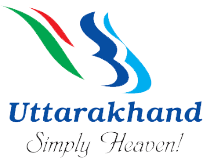
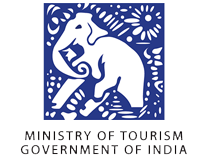

Contact Us
 GIO Adventures Pvt. Ltd
GIO Adventures Pvt. LtdDehradun - Uttarakhand
- +91-7895979211
- info@gio.in
